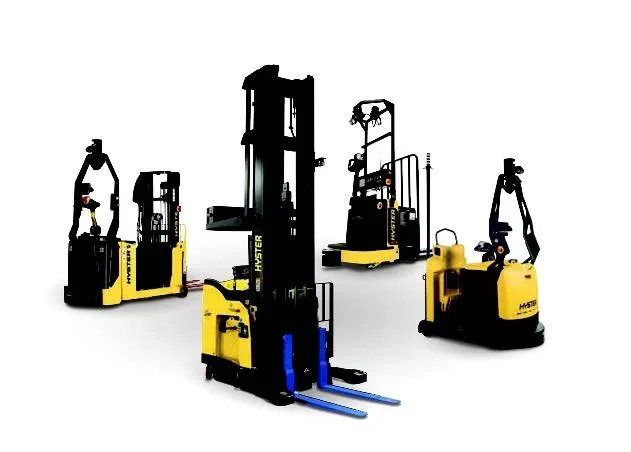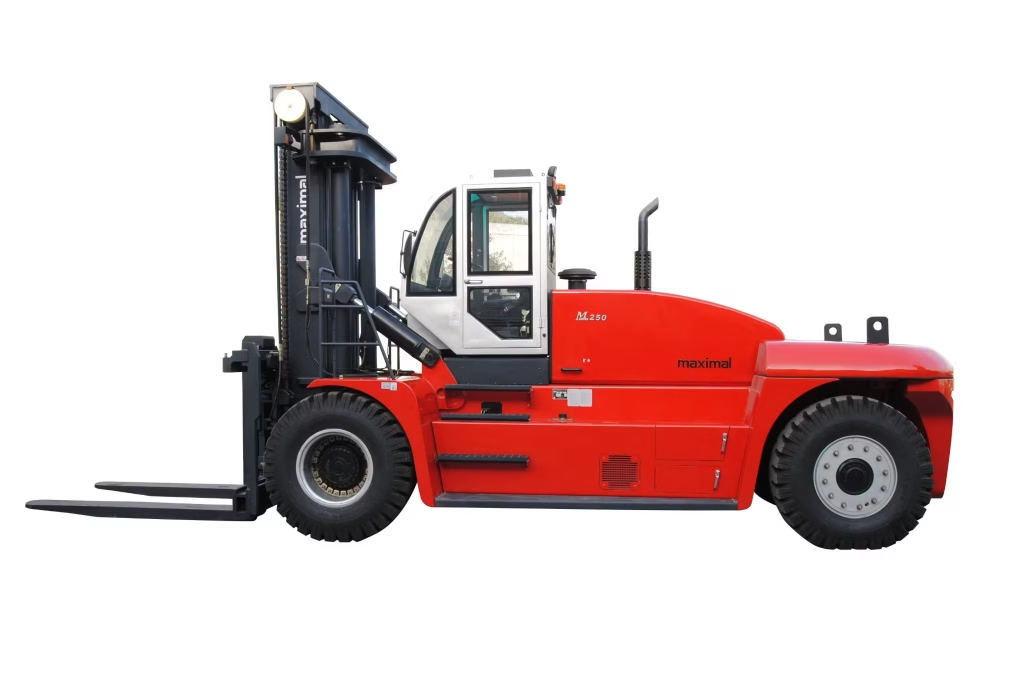

FORKLIFT
GOODSENSE FORKLIFT: World First-class Forklift Manufacturer
Experience the reliability and performance of GOODSENSE FORKLIFT, a leading global and Chinese manufacturer. Our extensive product line, from heavy-duty diesel to versatile electric and specialized forklifts, ensures you find the perfect solution to maximize your operational efficiency.
Wide Product Range
GOODSENSE FORKLIFT has a complete product range of materials handling equipment, such as forklift, Warehouse Handling Equipment and Ground Support Equipment.
Strong Customer Support
We have more than 100 sales and service subsidiaries, and over 100 abroad agents, so we can offer strong support to our customers.
Strong Quality
In 2019, we were the TOP10 sales volume and TOP 5 exporter in material handling equipment among China original brand.
Reliable Quality
GOODSENSE FORKLIFT has passed ISO certification and various ECM certifications. Pursuing excellence in quality is our business philosophy.

What is a Forklift?
Maximize your material handling efficiency with a forklift. These powerful industrial trucks, equipped with lifting forks, streamline the movement of goods in warehouses, factories, and distribution centers. GOODSENSE provides a comprehensive selection, including space-saving electric forklifts for indoor use and high-capacity diesel/propane models for heavy-duty outdoor operations.
Advantages of Forklifts

Efficiency
Relieve your workforce from strenuous manual handling with forklifts. They expedite material movement, significantly reduce labor costs, and effortlessly manage loads too heavy for human lifting.

Versatility
Maximize your operational flexibility with GOODSENSE forklifts. Our comprehensive selection of types and sizes allows you to choose the perfect machine for your environment, whether it's navigating narrow indoor aisles or handling heavy loads in expansive outdoor spaces.

Safety
Reliable and safe forklift operation is paramount. When operated correctly and consistently maintained, GOODSENSE forklifts minimize the risk of manual lifting injuries. Key safety features, such as horns, lights, and seat belts, ensure a secure working environment.

Space Utilization
Enhance your inventory management by leveraging the vertical stacking capabilities of forklifts. This efficient use of space maximizes storage capacity in warehouses and distribution centers, leading to a more organized and productive operation.

Cost-Effectiveness
Experience lasting cost savings with forklifts. Their ability to boost efficiency, minimize labor requirements, and enhance operational speed ensures a strong return on your initial investment.

Flexibility
Forklifts handle a wide variety of materials, including pallets, containers, and bulk items, making them essential in manufacturing, logistics, retail, and construction.
Features of Goodsense Forklift
Our Types of Forklifts
1. Diesel Forklift:
Usage: Diesel forklifts are typically used outdoors or in well-ventilated areas due to emissions. They are powerful and suitable for heavy lifting applications.
Advantages: They provide high torque and are generally more durable for rougher terrains compared to electric forklifts.
2. LPG (Liquid Propane Gas) Forklift:
Usage: LPG forklifts are versatile and can be used both indoors and outdoors. They emit fewer pollutants compared to diesel forklifts and are quieter.
Advantages: They offer longer run times compared to electric forklifts and can be quickly refueled by replacing the propane tank.
3. Cushion Tire Forklift:
Usage: Cushion tire forklifts are designed for indoor use on smooth surfaces such as concrete or asphalt. They have smaller, solid rubber tires.
Advantages: They are compact and maneuverable, making them ideal for warehouses and distribution centers with tight spaces and smooth floors.
4. Electric Forklift:
Usage: Cushion tire forklifts are designed for indoor use on smooth surfaces such as concrete or asphalt. They have smaller, solid rubber tires.
Advantages: They are compact and maneuverable, making them ideal for warehouses and distribution centers with tight spaces and smooth floors.
5. Rough Terrain Forklift:
Usage: Rough terrain forklifts are designed for outdoor use on uneven or unpaved surfaces, such as construction sites, lumber yards, or agricultural settings.
Advantages: They have larger, rugged tires with deep treads for better traction, powerful engines (usually diesel), and higher ground clearance.
6. Side Loader Forklift:
Usage: Side loader forklifts are used for handling long or bulky loads, such as timber, piping, or sheet metal, where the load needs to be transported sideways.
Advantages: They excel in narrow aisles or spaces where turning conventional forklifts would be challenging. They can also reduce the need for additional handling equipment.
7. Explosion Proof Forklift:
Usage: Explosion-proof forklifts are used in environments where flammable materials or gases are present, such as chemical plants, oil refineries, or certain manufacturing facilities.
Advantages: They are specially designed to prevent sparks or excessive heat that could ignite flammable atmospheres. They often feature enclosed components and special safety measures.
Main components of Forklift
FAQ
From the outside, driving a forklift might look quite difficult, especially for first-timers. However, many now-certified forklift operators can tell you it's as easy to do as driving a car. However, that doesn't mean it can be taken lightly.
Pulvinar in dictumst suspendisse ullamcorper cras cum urna eget nibh facilisi eu a vestibulum morbi porttitor platea metus vestibulum.Ante ullamcorper adipiscing.
You'll only navigate safely through a buy building or warehouse when you understand that a forklift is nowhere as responsive as a car. Forklifts have rear-wheel steering, which makes it difficult to stop swiftly. Remember, forklifts are heavy machinery, so they're precarious to drive.
The most common causes of rollover or tip-over accidents involve dangerous speeds, abrupt movements, and poorly balanced loads. To prevent forklift rollover accidents: Take corners slowly.
There are forklifts that are manual and automatic and each has it's own advantages and disadvantages. Standard or manual forklifts are more affordable and more energy efficient.
Forklift overturns are the leading cause of fatalities involving lift trucks. Overturns can be caused by: Improper turning.
MAST. The forklift mast is the raised vertical support that allows loads to be raised and lowered. For most forklifts, the mast is designed toward the front of a forklift and directly in the forklift operator's line of vision.
Forklifts are incredibly popular in the shipping industry, but they are also extensively used in warehouses and distribution centers. Warehouses and distribution facilities rely on forklifts to move materials efficiently and safely throughout the building.
Unfortunately, some operators soon deviate from best practice learned during forklift training and allow bad habits to creep in. Insecure or unstable loads, uneven weight distribution and overloading are all examples of how so-called 'shortcuts' can lead to lost loads and tip overs, with serious consequences.
As one of the most professional forklift manufacturers and suppliers in China, we're featured by customized forklifts made in China. Please rest assured to buy high quality forklift in stock here from our factory. Contact us for more details.







































